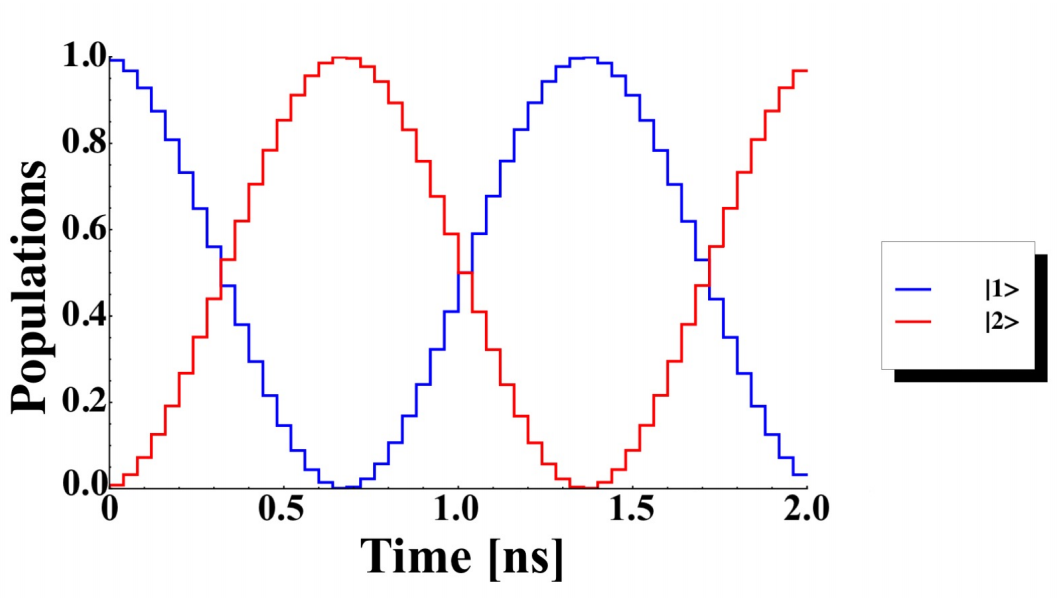Enhanced CARS for remote detection
Svetlana Malinovskaya, Frank Narducci† and Neil Pandya
Department of Physics, Stevens Institute of Technology, Hoboken, NJ 07030 USA
†Department of Physics, Naval Postgraduate School, Monterey, CA 93943 USA
The demand for remote molecular detection has been rising in recent years. The technique of coherent anti-Stokes Raman spectroscopy (CARS) has become one of the most optimal methods due to its high efficiency, fast response time and ease of use. In this work, we analyze the feasibility of an optical frequency comb for coherence control between vibrational states in application to remote detection, propose a new method for adiabatic passage in the four wave mixing and estimate the number of photons detectable from a CARS signal depending on the key parameters of the laser system [1]. We used a semiclassical theory of nonlinear scattering introduced in [2]. We assume that the large backscattered signal is due to the backward phase matching of internally reflected laser fields within the volume containing molecules of the size two orders of magnitude smaller than the probing wavelength. The internal fields are reflected many times, which acts similarly to a resonant cavity with low reflectance.
Authors gratefully acknowledge the support from the Office of Naval Research.

References
[1] G. Liu, F. A. Narducci, S. A. Malinovskaya, ”Limits to remote molecular detection via coherent anti-Stokes Raman spectroscopy using a maximal coherence control technique,” Journal of Modern Optics, DOI: 10.1080/09500340.2018.1514084.
[2] C.H.R. Ooi, G. Beadie, G.W. Kattawar, J.F. Reintjes, Y. Rostovtsev, M.S. Zubairy, M.O. Scully, ”Theory of femtosecond coherent anti-Stokes Raman backscattering enhanced by quantum coherence for standoff detection of bacterial spores,” Phys. Rev. A 72, 023807 (2005).